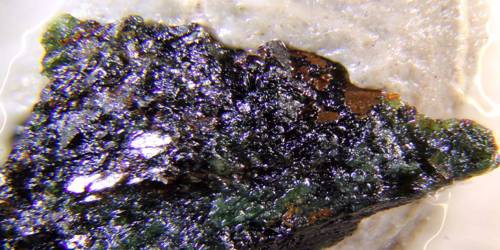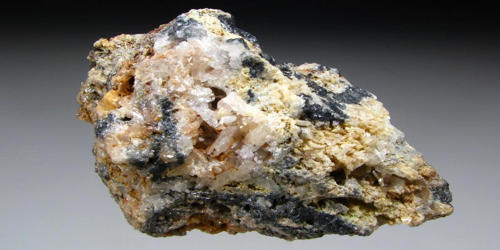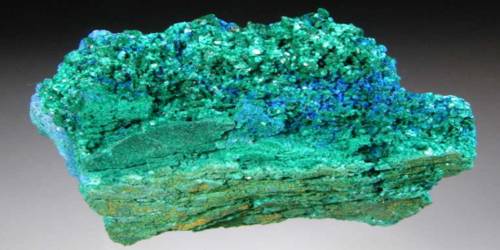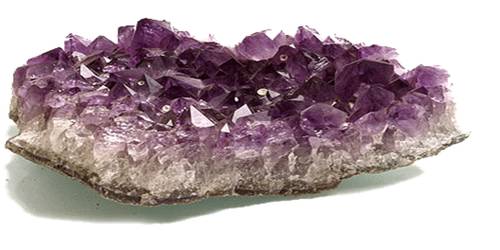Bonaccordite is a rare mineral discovered in 1974. Its chemical formula is Ni2FeBO5 and it is a mineral of the ludwigite group. It is an orthorhombic-dipyramidal reddish-brown mineral containing boron, iron, nickel, and oxygen. It is named after the area of Bon Accord, where it was first found. There have also been findings of bonaccordite within nuclear plants at multiple companies. It builds up a deposit within the machines and is a very hard mineral to clean out because it is resistant to ordinary techniques.
General Information
- Category: Borates
- Formula: Ni2FeBO5
- Crystal system: Orthorhombic
- Crystal class: Dipyramidal (mmm).
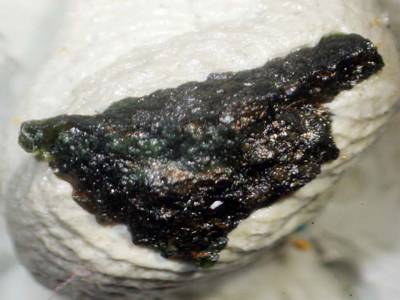
Properties
Bonaccordite is an opaque mineral with a reddish-brown color. In reflected light, the color is grey with a brownish tinge with strong, reddish-brown internal reflections. In many cases, bonaccordite crystallizes into long, slender cylinders. It has been discovered to be the nickel analogue of ludwigite.
The Mohs hardness for bonaccordite is 7 and its density is 5.17 g/cm3. The optical class is biaxial. The crystals are structured as elongated prisms within another material.
- Colour: Reddish-brown, light grey
- Hardness: 7 on Mohs scale
- Density: 5.17
- Diaphaneity: Opaque
- Hardness: 7 – Quartz
- Luster: Vitreous – Adamantine
- Streak: brown
Geologic occurrence
Bonaccordite can occur as either a cluster of thin, long prisms or rosette-like radiating groups. The prisms can form veins through other minerals and the radiating groups can occur in minerals like liebenbergite or trevorite. Bonaccordite usually occurs along with trevorite, liebenbergite, népouite, nimite, gaspeitev, and millerite in the area of Bon Accord. All of these minerals crystallize as slender prisms.
Bonaccordite was first described in 1974 for an occurrence in the Bon Accord area, Barberton, Transvaal, South Africa. It occurs in a tabular nickeliferous serpentinite, on the margin of an ultramafic intrusive. The actual site of the bonaccordite finding is a possible meteorite site three kilometers west of the Scotia talc mine.
Information Source:
